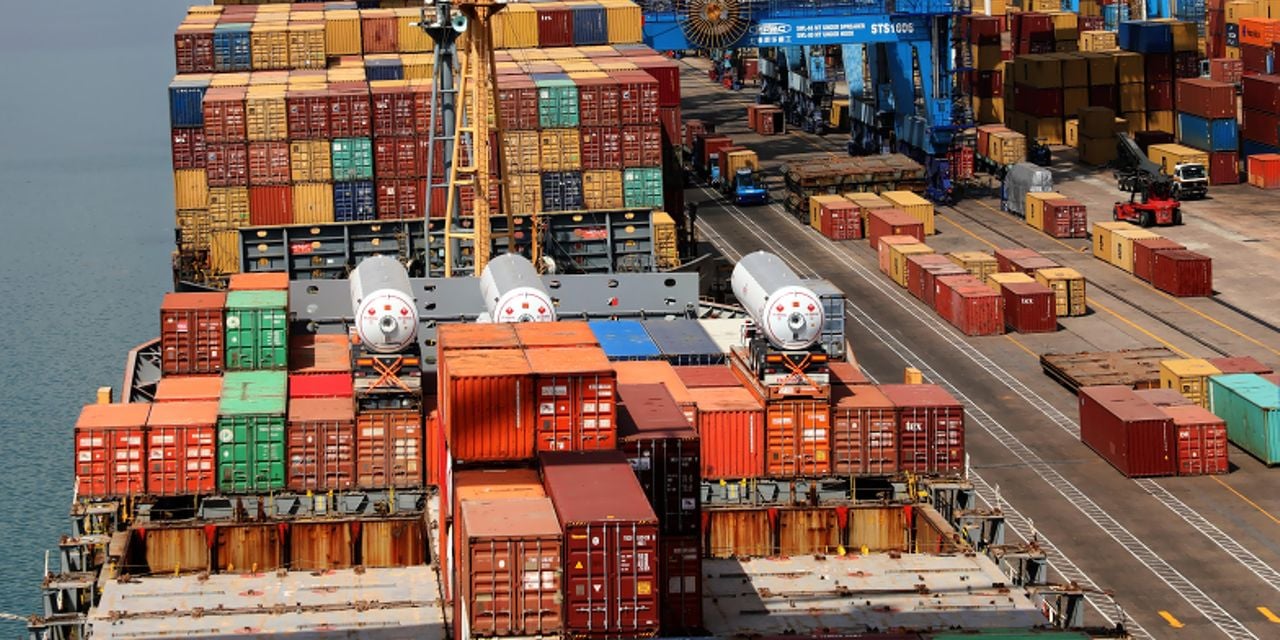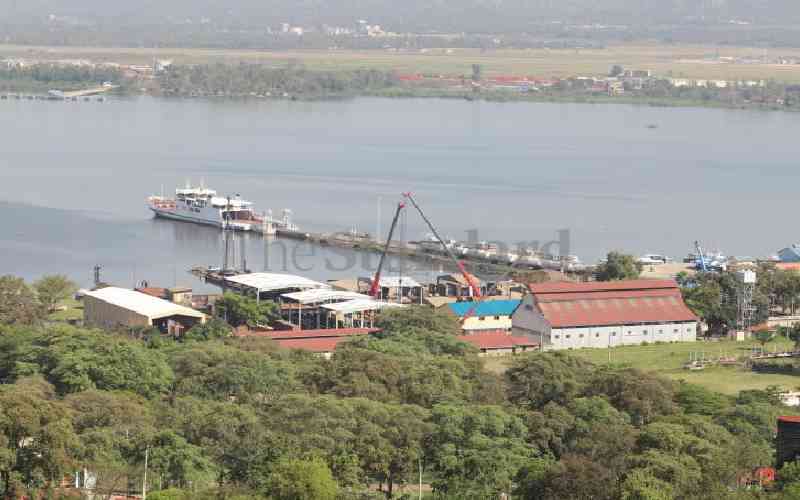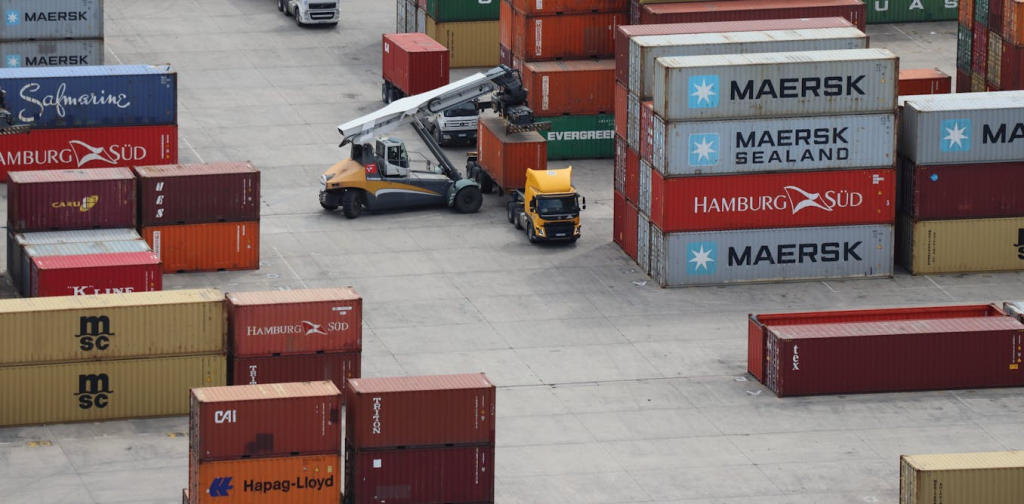Finland’s transformation from an agriculture-based economy to an innovation powerhouse is an example of resilience. Emerging from a devastating civil war, and later defending ourselves against the Soviet Union, we rebuilt our nation. Some of the key elements in Finland’s development have been opening our economy and fostering trade, and recognising its critical importance. We began with initial steps and modest means. An education policy – basic education for all – was established just four years after gaining independence, followed later by a science policy and the expansion of universities, which created the base for innovation policy underpinned by research innovation and investments. Other founding elements needed to create a conducive business environment were good governance, trust in political and social institutions, a predictable legal system, inclusion of women, respect for human rights and openness to new ideas. Central to our success has been a firm belief in free trade. Trade liberalisation has played a pivotal role in shaping Finland into the modern welfare state it is today. It has driven economic growth, generated tax revenues, benefited consumers, created employment opportunities, attracted investments, fostered innovation, and enhanced competitiveness. Finland’s economy has traditionally been driven by exports. The ability to trade freely has facilitated the import of capital goods and technology, which has been essential for Finland’s industrialisation. Free trade agreements concluded between the European Union (EU) and other countries have allowed Finnish companies to access larger markets, ultimately contributing to the nation’s prosperity. Key characteristics of today’s Finnish innovation system...
Finland, Kenya ties to boost Africa trade
Posted on: June 14, 2024
Posted on: June 14, 2024






















